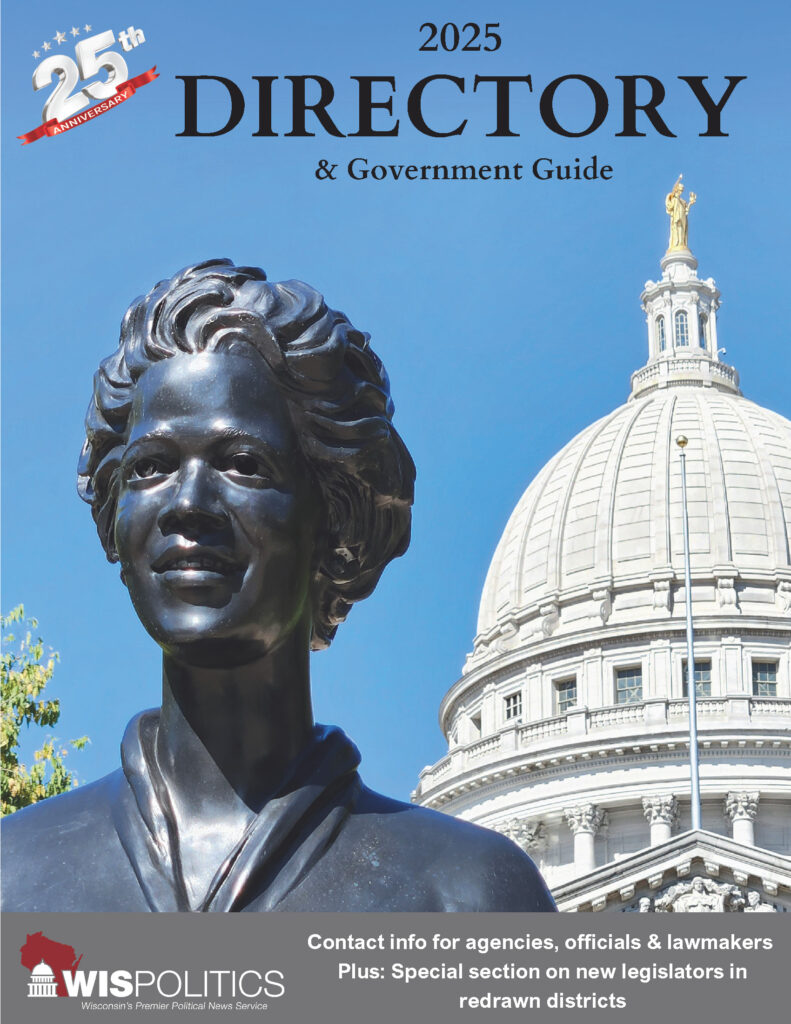MADISON, Wis. – A new report from Forward Analytics, A Funding Choice, Mixing Public & Private School Funding, examines the impact of decoupling funding of School Choice, Independent Charter Schools, and the Special Needs Scholarship Program from the public school revenue limit and general aid formulas. While school funding is extremely complex, the current system changes the di...
Please log in to access subscriber content.
If you don't have a subscription, please contact schmies@wispolitics.com for subscription options on the WisPolitics-State Affairs platform, which is the new home for WisPolitics subscriber products.


